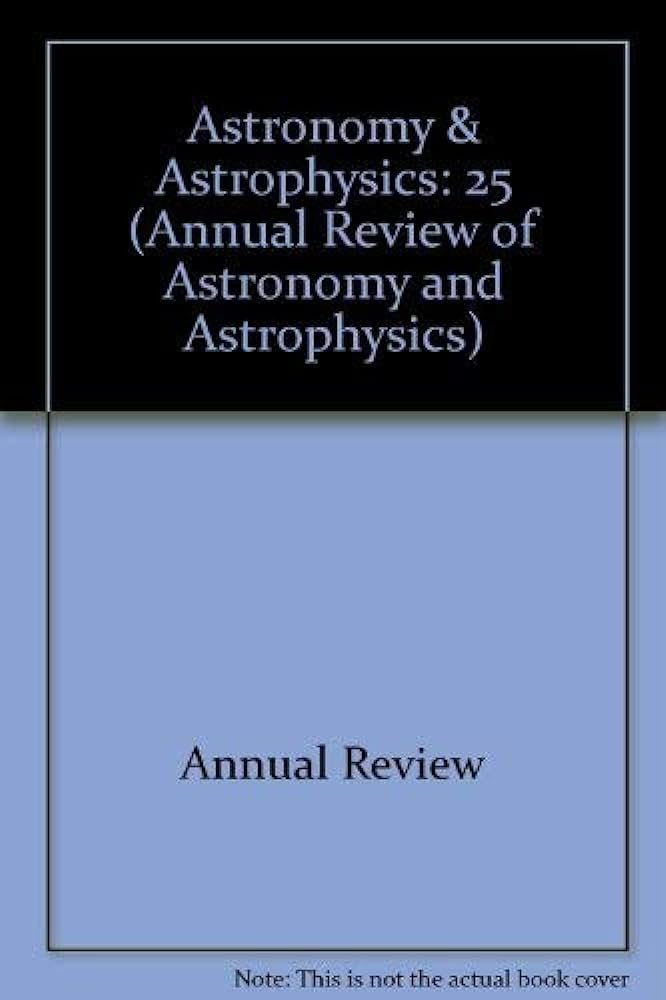Multiconjugate Adaptive Optics for Astronomy
IF 32.5
1区 物理与天体物理
Q1 ASTRONOMY & ASTROPHYSICS
Annual Review of Astronomy and Astrophysics
Pub Date : 2018-09-14
DOI:10.1146/ANNUREV-ASTRO-091916-055320
引用次数: 42
Abstract
Since the year 2000, adaptive optics (AO) has seen the emergence of a variety of new concepts addressing particular science needs; multiconjugate adaptive optics (MCAO) is one of them. By correcting the atmospheric turbulence in 3D using several wavefront sensors and a tomographic phase reconstruction approach, MCAO aims to provide uniform diffraction limited images in the near-infrared over fields of view larger than 1 arcmin2, i.e., 10 to 20 times larger in area than classical single conjugated AO. In this review, we give a brief reminder of the AO principles and limitations, and then focus on aspects particular to MCAO, such as tomography and specific MCAO error sources. We present examples and results from past or current systems: MAD (Multiconjugate Adaptive Optics Demonstrator) and GeMS (Gemini MCAO System) for nighttime astronomy and the AO system, at Big Bear for solar astronomy. We examine MCAO performance (Strehl ratio up to 40% in H band and full width at half maximum down to 52 mas in the case of MCAO), with a particular focus on photometric and astrometric accuracy, and conclude with considerations on the future of MCAO in the Extremely Large Telescope and post–HST era.用于天文学的多共轭自适应光学
自2000年以来,自适应光学(AO)出现了各种新概念,以满足特定的科学需求;多共轭自适应光学(MCAO)就是其中之一。通过使用几个波前传感器和断层相位重建方法在3D中校正大气湍流,MCAO旨在在大于1 arcmin2的近红外视场上提供均匀的衍射受限图像,即面积是经典单共轭AO的10到20倍。在这篇综述中,我们简要提醒了AO的原理和局限性,然后关注MCAO特有的方面,例如断层扫描和特定的MCAO误差源。我们介绍了过去或当前系统的例子和结果:用于夜间天文学的MAD(多共轭自适应光学演示器)和GeMS(双子座MCAO系统),以及用于太阳天文学的大熊AO系统。我们检查了MCAO的性能(在H波段,Strehl比高达40%,在MCAO的情况下,半最大全宽低至52 mas),特别关注光度和天体测量精度,并对超大望远镜和后HST时代MCAO的未来进行了考虑。
本文章由计算机程序翻译,如有差异,请以英文原文为准。
求助全文
约1分钟内获得全文
求助全文
来源期刊

Annual Review of Astronomy and Astrophysics
地学天文-天文与天体物理
CiteScore
54.80
自引率
0.60%
发文量
14
期刊介绍:
The Annual Review of Astronomy and Astrophysics is covers significant developments in the field of astronomy and astrophysics including:The Sun,Solar system and extrasolar planets,Stars,Interstellar medium,Galaxy and galaxies,Active galactic nuclei,Cosmology,Instrumentation and techniques,
History of the development of new areas of research.
 求助内容:
求助内容: 应助结果提醒方式:
应助结果提醒方式:


